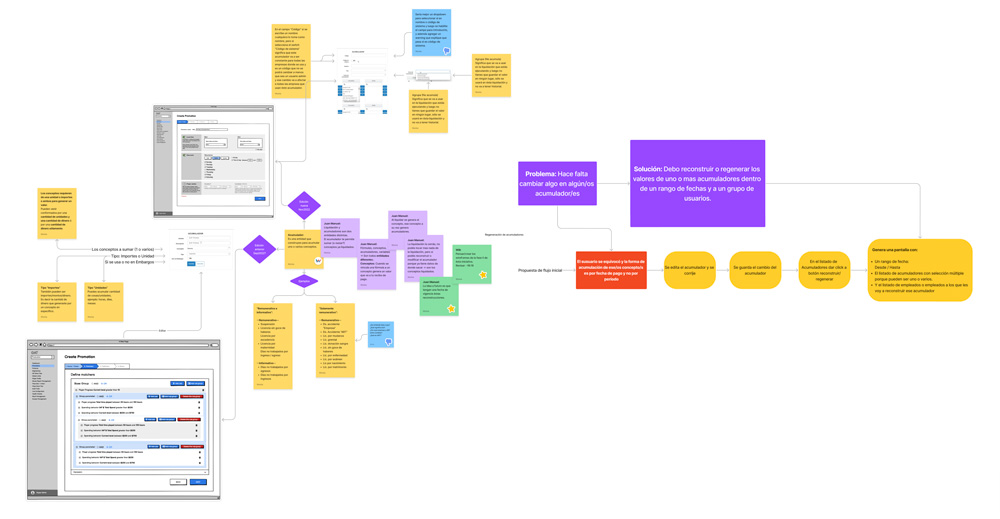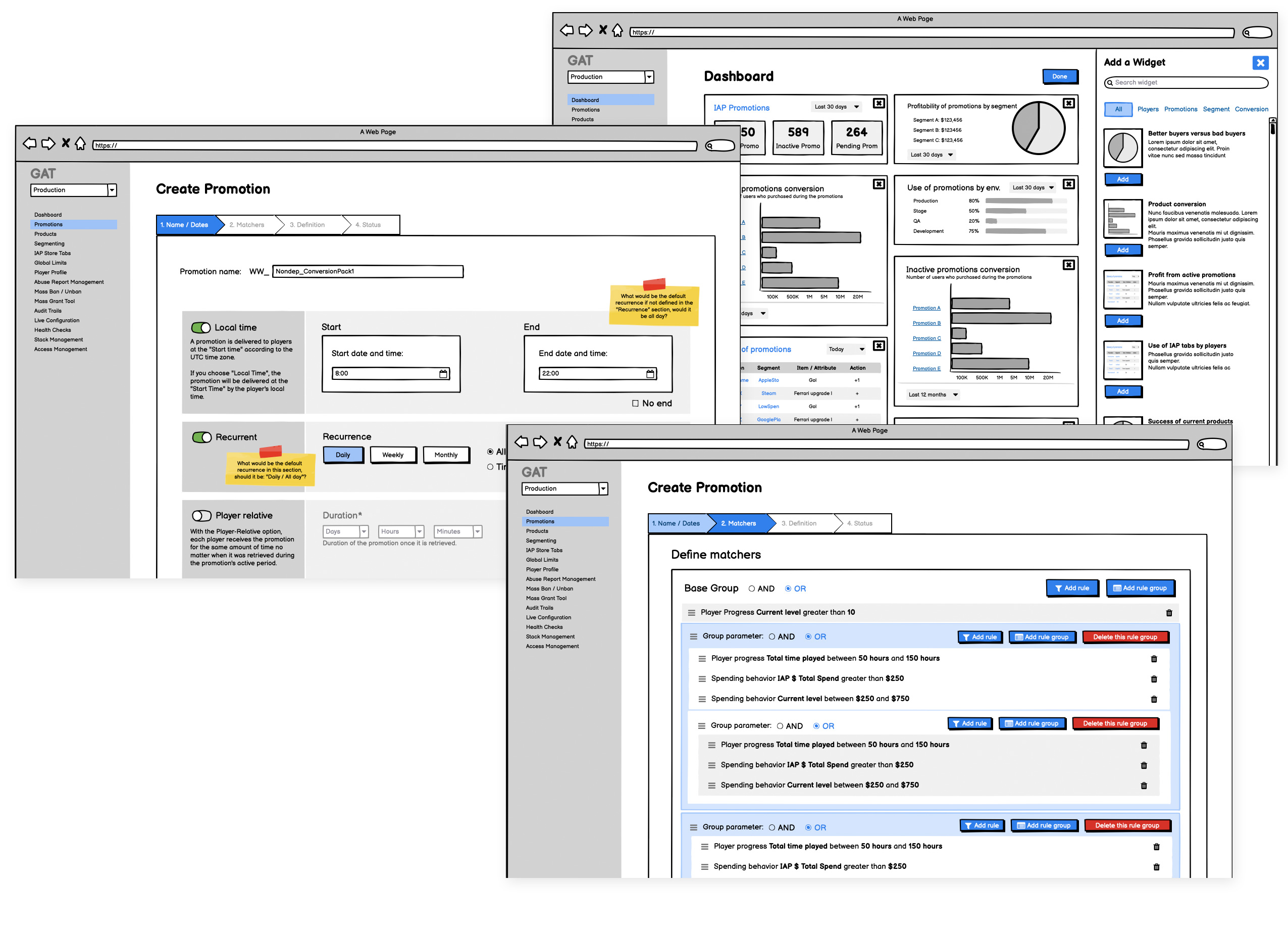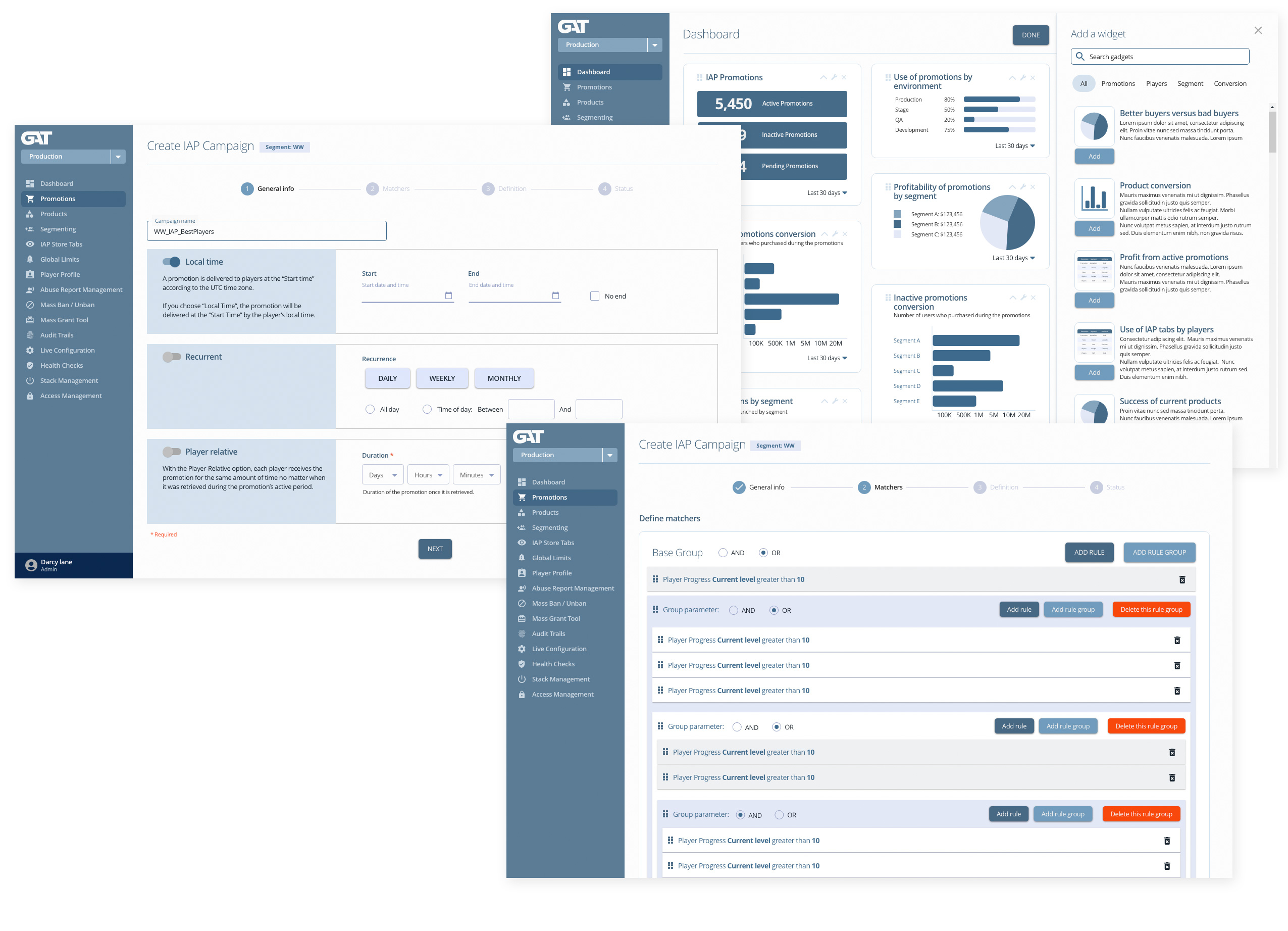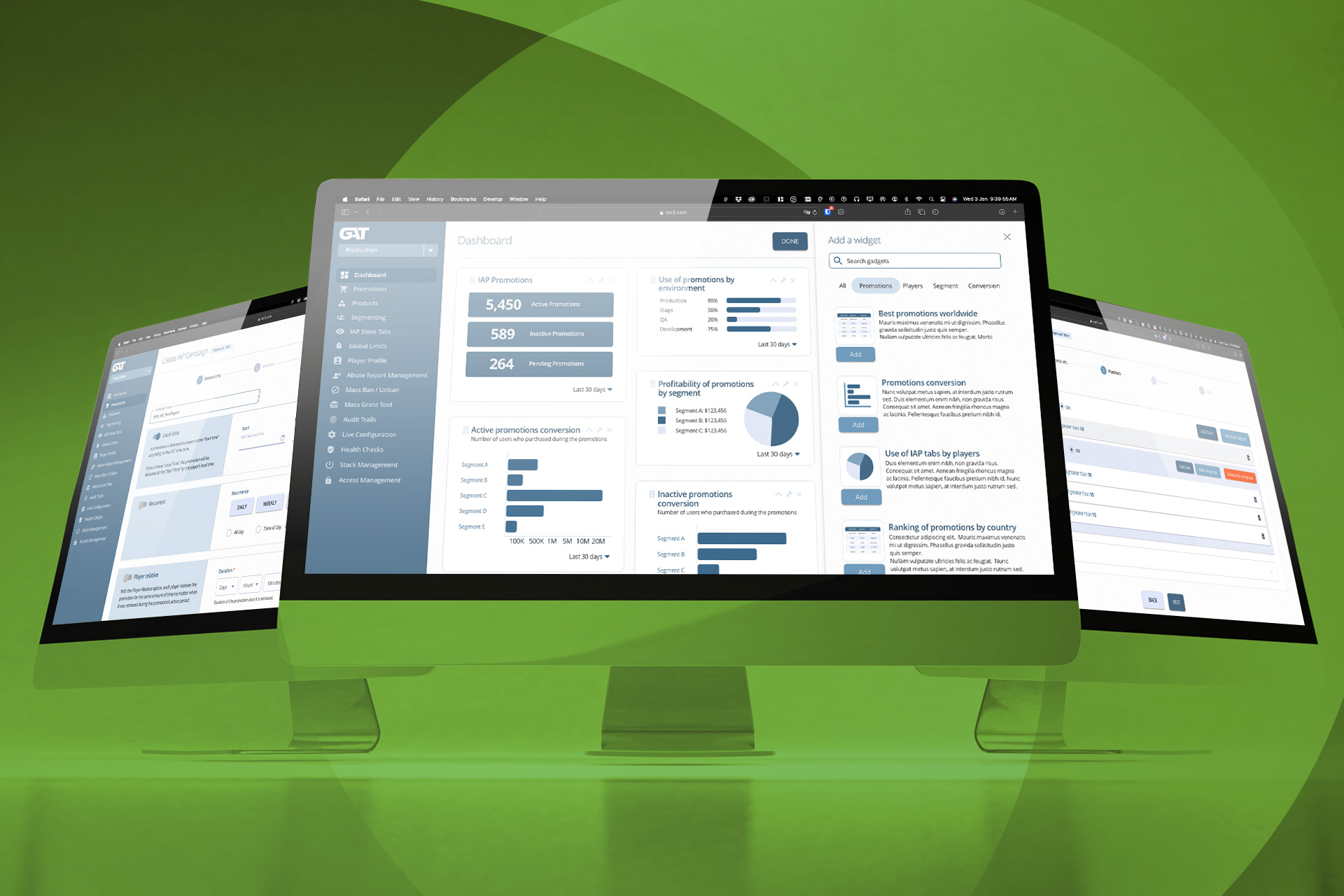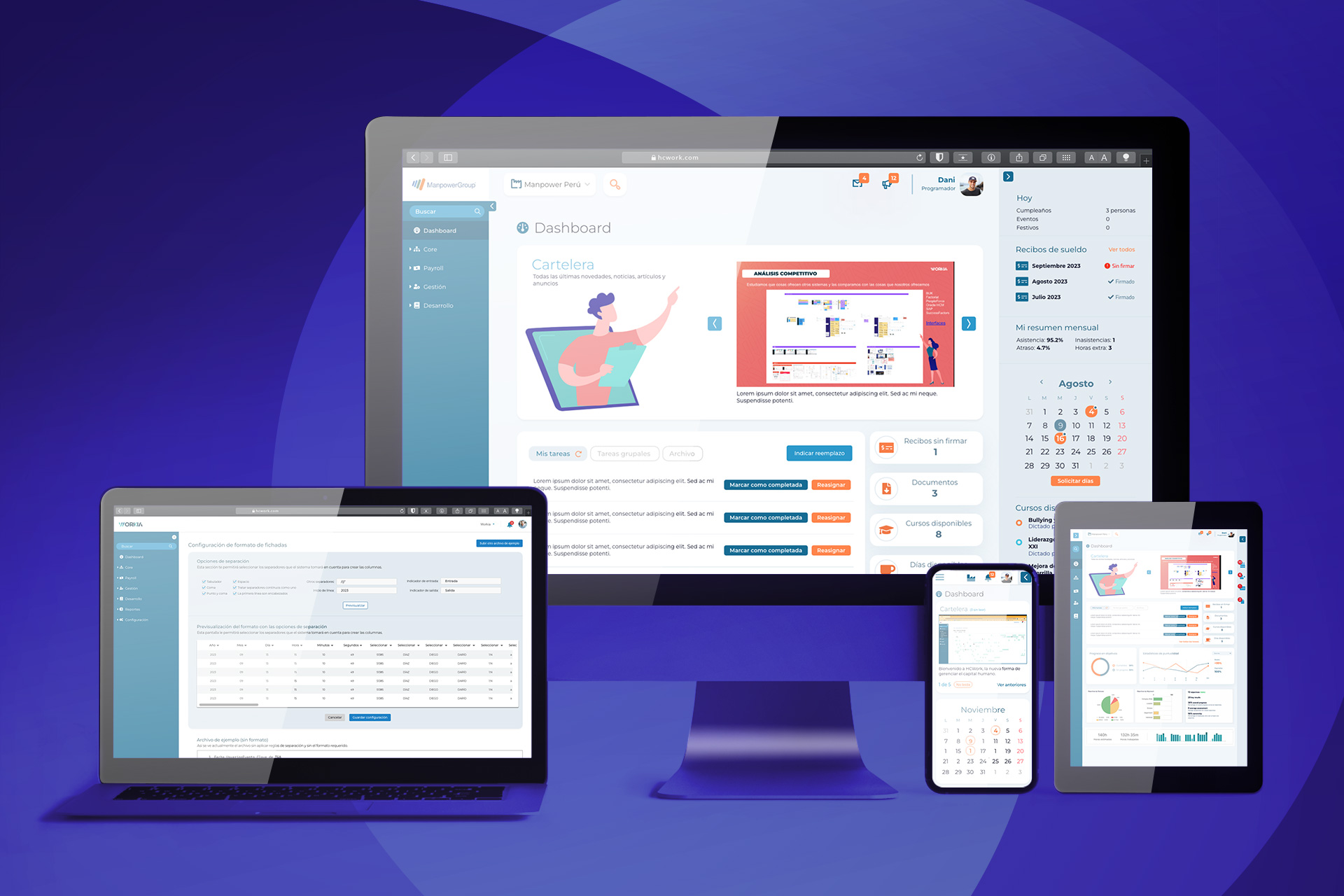MY ROLE
- Product Design
- UX/UI Design
- User Research
PROJECT
Pre-hire Talent Assessment Testing SaaS
TEAM
- 2 POs
- 4 TLs
- 2 BAs
- +/- 25 Devs
- 1 Product Designer
CLIENT
FurstPerson (now Harver)
Preventing mis-hiring with the right assessment flow.
The data shows that a bad hire can cost companies up to 15 times an annual salary, 52% of candidates are unqualified, and 47% of companies say there are very few, if any, qualified applicants for the positions they are trying to fill. Our focus at FurstPerson was to create a system that allows for the creation of assessment flows, simulations, interviews, and monitoring of each hiring process tailored to each job opening. We redesigned an inefficient system and turned it into a useful tool for creating effective evaluation workflows that theoretically reduced mis-hiring by 70%.
The goal.
Replacing the existing system with one that significantly increases the effectiveness in creating assessments and human resources selection methods.
Additionally, one that facilitates saving time and money when creating and managing everything related to tests and simulations, streamlines staff training, and utilizes the information collected by the system.
The beginning.
The client didn't even want to show us the system they had for fear that we might "get contaminated" with the screens and flows of a chaotic and difficult-to-use system. They also didn't provide us with documentation, so it was as if we were building the system from scratch, and that was awesome!
Limitless possibilities.
Given that we didn't have a previous frame of reference and we also lacked documentation, we generated everything with a lot of freedom. Meetings were more about narrowing down and prioritizing ideas - sometimes a bit out of control - from all team members. Working hand in hand with the POs and BAs, taking into account the most important objectives, we defined the roadmap.
Create, focus, and refine.
With so much freedom, it was very easy to stray from the path. The way to counteract this was to always validate first with the BAs and the POs the feasibility and relevance of the functionalities proposed by me or anyone else, and then with the TLs the technical feasibility.
Although it was always a safe space where all ideas from everyone were heard and evaluated.
Aligning efforts.
Being a very complex system due to the number of processes involved in each section, the focus of the POs was always to work on the most complex and important parts of the system, such as: Assessment and simulation management, applications, item loading, language management, candidates, reports, and data visualization.
Then, in the next phase, we worked on everything related to secondary areas of the system such as: Job profiles, surveys, users, calendar, etc.
Working in the dark.
We paid a high price by not having the opportunity to interview users. On one hand, the client had too much freedom to propose or discard ideas easily, and on the other hand, we couldn't make decisions based on user data from the system.
Happy ending.
In spite of everything, according to estimates from the client's BAs, the new system increased the effectiveness of tests and recruitment processes by more than 70%, significantly lowered error rates, and facilitated learning of the processes.
A couple of years later, FurstPerson was acquired by another company also dedicated to the HR sector with AI.
Redesigned task flows
29
Tasks related to managing assessment flows, modules, quizzes, companies, groups, users, and jobs, among others.
Redesigned screens
270
Improvements and changes were made to all screens of the previous system.

